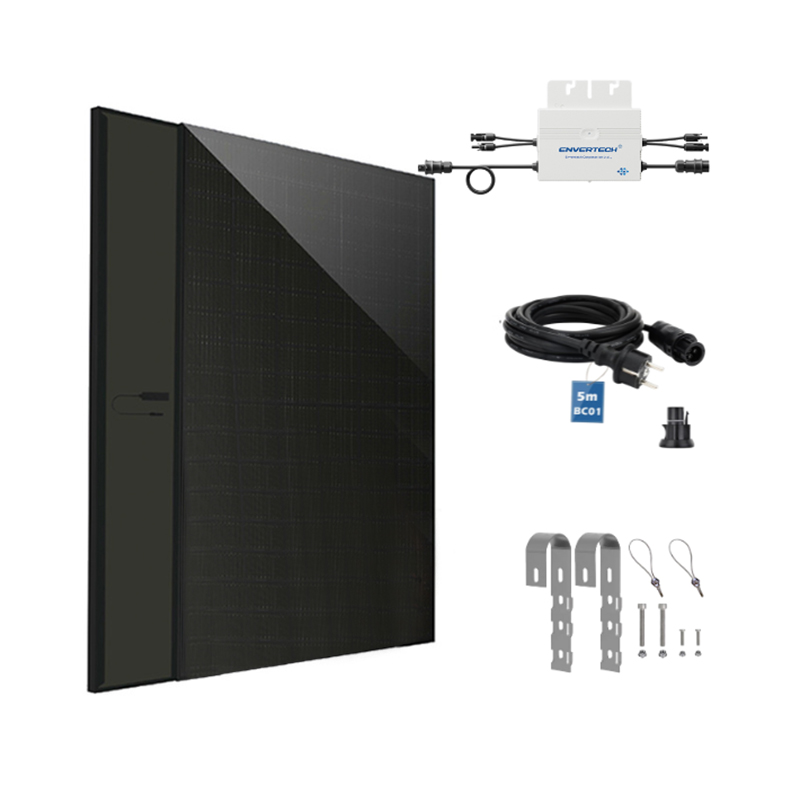-
 FAST SHIPPING
FAST SHIPPING
-
 COMPETITIVE PRICE
COMPETITIVE PRICE
-
 EXCELLENT AFTER-SERVICE
EXCELLENT AFTER-SERVICE
How to Set Up Solar Panels for an RV: A Practical Guide
Dec 09,2025How Do You Make Money From Solar Panels: Practical Strategies
Dec 05,2025How to Keep Snow Off Solar Panels: Practical Tips for Winter Care
Nov 24,2025How to Build a Solar Farm: Requirements, Costs & Risks
Nov 20,2025Avoid Refurbished Solar Panel Scams — How to Verify Second-Hand Panels
Nov 14,2025When considering the installation of a balcony solar kit, one of the most critical factors influencing its efficiency is the orientation of the solar panels. To maximize sunlight exposure, it's essential to understand how solar energy interacts with geographical and environmental elements. Ideally, solar panels should be positioned to capture the most direct sunlight throughout the day. In the Northern Hemisphere, this typically means orienting panels towards the south. Conversely, in the Southern Hemisphere, a northward orientation is generally most effective. This alignment allows the panels to receive the greatest amount of sunlight, particularly during midday when the sun is at its highest point.
In addition to cardinal directions, the angle of the solar panels also plays a significant role in optimizing their performance. The optimal tilt angle can vary based on your geographic location, season, and specific weather patterns. For instance, a general rule of thumb suggests tilting the panels at an angle approximately equal to your latitude for year-round efficiency. However, adjusting the tilt seasonally can enhance performance; steeper angles can capture more sunlight during winter months, while flatter angles can be beneficial in summer when the sun is higher in the sky.

It's also important to consider potential obstructions that could block sunlight, such as nearby buildings, trees, or other structures. Conducting a thorough assessment of your surroundings can help identify the best location for installation, ensuring minimal shading throughout the day. Even small amounts of shade can significantly reduce a solar panel's output, so positioning them in an area where they will receive unobstructed sunlight is crucial. Additionally, using adjustable brackets can allow for modifications in the angle of the panels, helping to adapt to seasonal changes in the sun's path.
Moreover, urban environments often present unique challenges and opportunities for solar installations. Many residents may not have access to expansive rooftops or unshaded spaces, but balcony solar kits offer a practical solution. These modular systems can be installed in limited outdoor areas, making them accessible to a wider audience. By understanding the best orientation and angle for these installations, users can maximize their energy generation, ultimately enhancing the cost-effectiveness and environmental benefits of their solar investment. In summary, optimizing the orientation and angle of solar panels is vital for maximizing sunlight exposure, thus ensuring that balcony solar kits function at their highest potential, providing sustainable energy for daily use.
←
AC vs. DC Charging: Unraveling the Electric Vehicle Dilemma
→
How does the presence of micro inverters affect daily energy consumption?
 +31610999937
+31610999937 [email protected]
[email protected] De Werf 11, 2544 EH The Hague, The Nederland.
De Werf 11, 2544 EH The Hague, The Nederland. WhatsApp: +1 (917) 257 2995/
WhatsApp: +1 (917) 257 2995/Copyright © 2023 Uni Z International B.V. VAT: NL864303440B01 All Rights Reserved
